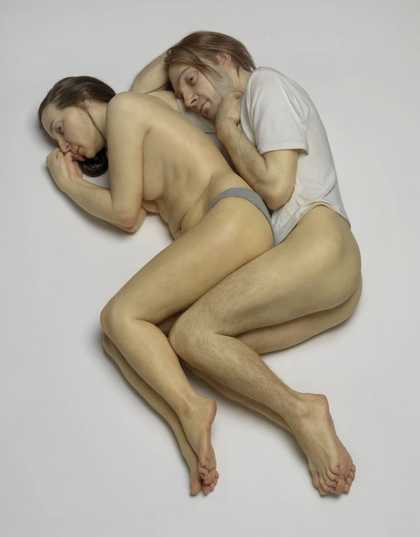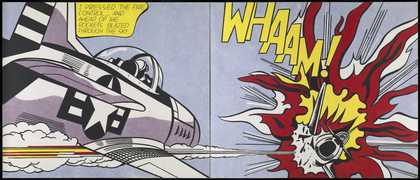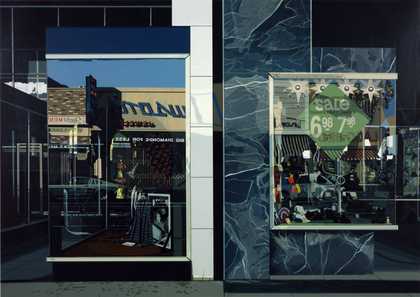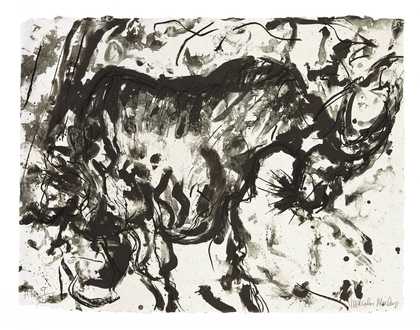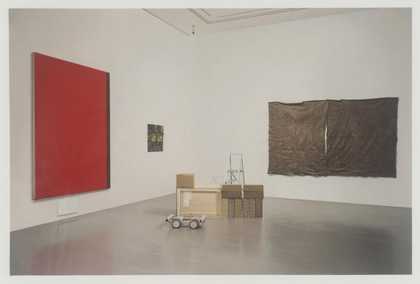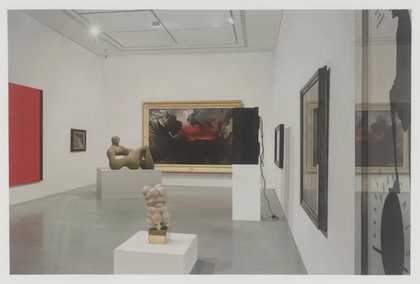
Andrew Grassie
Tate New Hang 6 (2005)
Tate
Photorealism rejected the painterly qualities by which individual artists could be recognised, and instead strove to create pictures that looked photographic. Visual complexity, heightened clarity and a desire to be emotionally neutral led to banal subject matter that likened the movement to pop art.
The early 1990s saw a renewed interest in photorealism, thanks to new technology in the form of cameras and digital equipment which offered more precision.

